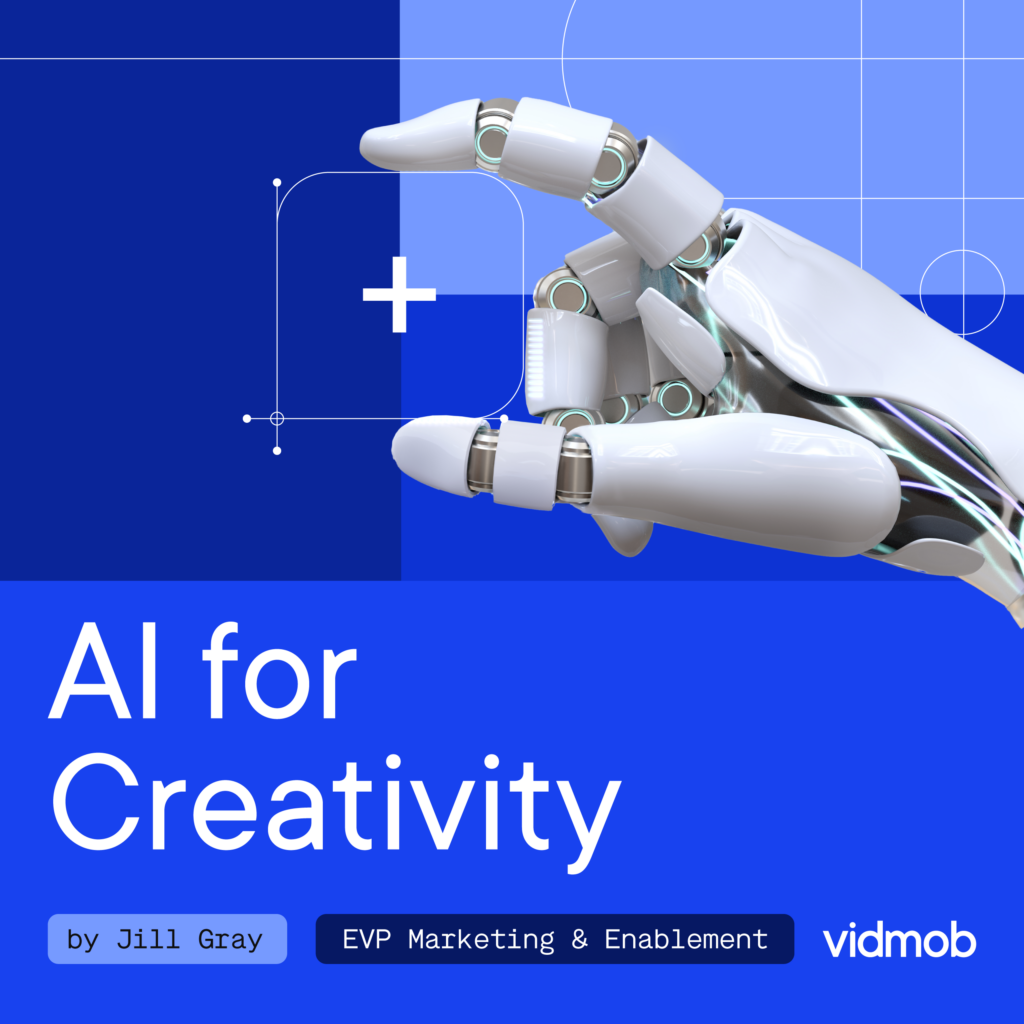Ask an advertiser where they are employing or plan to employ AI and the answer is “almost everywhere.” From crunching vast sets of data, optimizing messages, finding the best target audience and media placements and writing copy, AI is now an integral part of nearly every element of advertising.
One noticeable gap is AI for creativity. Most commonly seen in ChatGPT, AI can write an article in seconds, but humans still tell it what to write. Creativity is the essence of the prompt.
Infusing Creativity With Data
Research from Kantar and WARC show that creative and effective ads drive more than four times as much profit and that creative itself accounts for 49% of ROI. That’s more than half of the outcome of a campaign! Yet it’s often the least data-driven part of the entire process. Advertisers give their creative agency a brief, and decisions are made based on tangential insights like audience preferences and past campaign performance.
Advertisers are good about testing creative, but they don’t often get data and insights back that provide direction for the design team.
AI changes this by taking out the guesswork. Perhaps one design worked better than another because of the choice of talent, the way the product was displayed, the logo placement or any number of other things that goes into a creative’s design that data can surface through AI.
AI drives real business results, transforming “I think” to “I know” by processing the huge amount of data that a single creative is composed of and surfacing the important insights. For example, AI can:
- Understand what drives creative performance. The famous saying that “half of advertising spend is wasted, we just don’t know which half,” no longer applies to creative. AI can definitively compare different creative design elements to understand what works and what doesn’t, and pick up changes over time. From colors to product placement to talent, AI has the computational power to compare creatives and isolate what works and what doesn’t. A trending song played in the background of a video ad might drive attention for a time, but as people get tired of it, the song could actually negatively affect a campaign.
- Spark new creative ideas. When AI uncovers the elements of a creative that work or don’t work, it unlocks a new level of freedom for design teams. Rather than be limited to what’s safe or proven, marketers can confidently test new ideas and prove if they work or not. What’s more, AI will often surface unexpected information. For example, we’ve found that expressions like surprise can dramatically change the way consumers react to an ad. Knowing these things can take marketers in new directions.
- Ensure more relevant creative. Many advertisers are focused on personalization, relevance and inclusivity, all of which are ways to appeal to audiences more effectively. AI can help advertisers understand what resonates and what doesn’t.
Examples of AI for Creativity In Action
Kraft Heinz, the American-based global food company, used AI to optimize creative for the re-launch of their flavored ketchup campaign in UAE as well as their mayonnaise campaign in Brazil. They discovered important creative nuances for the two campaigns. Particularly for the UAE campaign, how a human hand interacted with the product determined the effectiveness of performance. Audiences who saw a person pour the sauce onto a dish reacted more positively than pouring with the hand out of the shot.
Kellanova Pop Tarts Bites used AI data to learn more about which creative elements resonated more favorability with audiences. They wanted to better understand how to introduce the product to the market – if people would react better to emotionally driven campaigns or more functional campaigns and if they liked seeing the bites themselves or if the packaging sparked a better response. Kellanova’s functional messaging in the campaign was “soft-baked pastry bites.” Its emotional messaging focused on usage occasions and the benefit of a morning snack. Kellanova learned that featuring functional messaging that showcased the flavor and texture of its food versus the snacking occasion resonated more with their audiences and drove the business outcomes they wanted to achieve.
Unlock Creativity With AI
Understanding what, exactly, makes a creative work is a game changer. Through creative data, advertisers can start to understand what sparks interest from audiences at a level of detail that they previously never had access to. Marketing teams can feel more confident about going in a particular direction or making mid-campaign changes.
While so much of advertising is focused on what we are used to measuring – audiences, impressions and CPMs – creative is now just as measurable. Not only that, it’s even more influential on the ultimate outcome. AI provides the key to unlock the true potential of creative and creativity.

